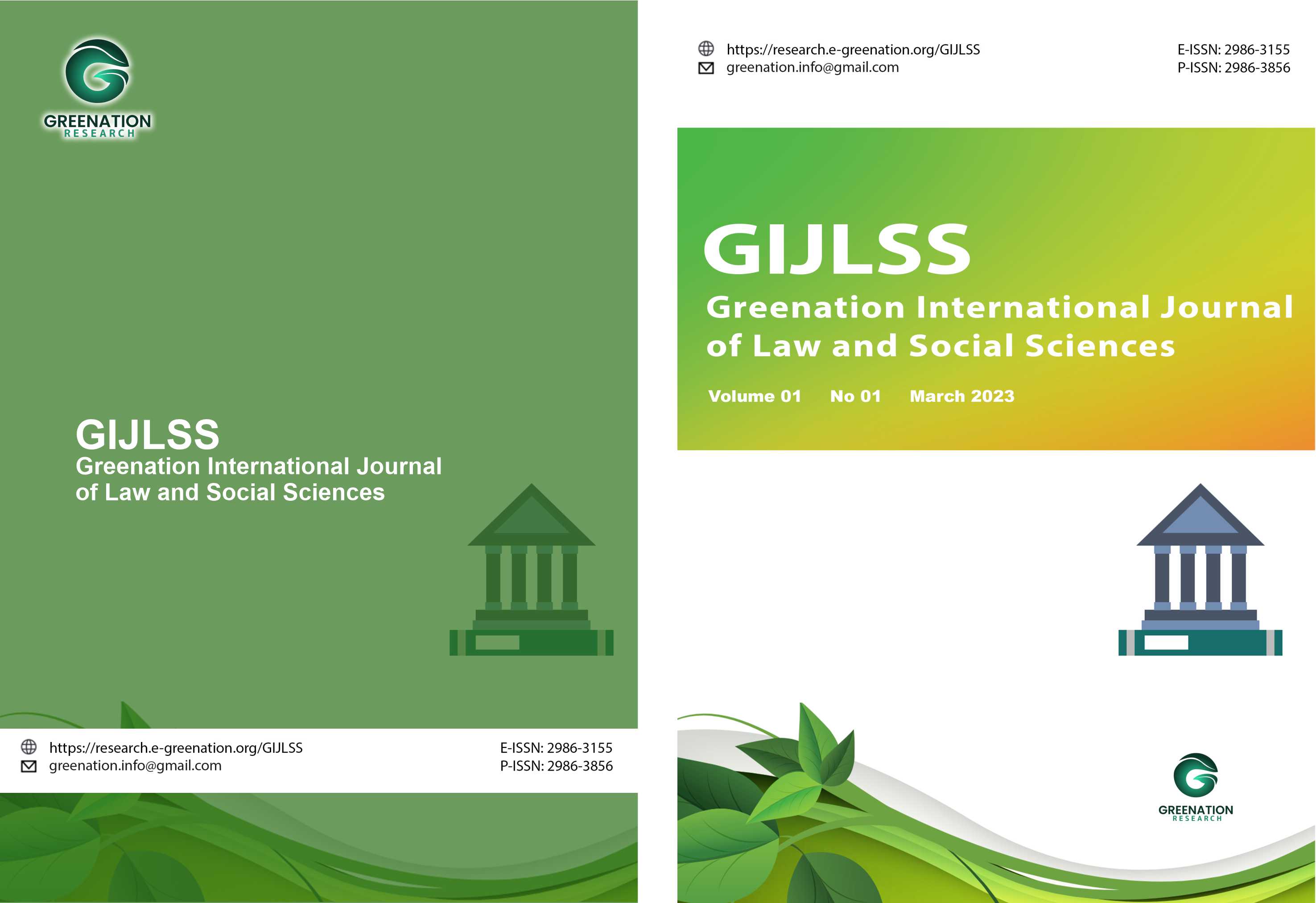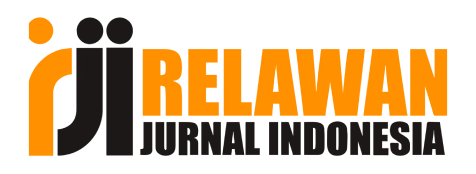Asset Forfeiture and The Management of Seized and Confiscated Property as an Effort Toward Asset Recovery in Indonesia and Thailand
DOI:
https://doi.org/10.38035/gijlss.v3i3.536Keywords:
Asset Forfeiture, Asset Management Authority, Asset RecoveryAbstract
Asset forfeiture/confiscation constitutes a key instrument in the enforcement of economic crimes, corruption, and money laundering offenses. This research compares the legal framework, the institutional functions, the mechanisms of implementation, as well as the strengths and weaknesses of asset forfeiture practices in Indonesia and Thailand. The methodology applied is normative juridical combined with a comparative approach, primarily through the examination of statutory regulations. The findings reveal that Thailand adopts a combination of criminal and non-conviction-based (NCB) mechanisms, primarily under the Anti-Money Laundering Act, with institutions such as the Anti-Money Laundering Office (AMLO) and the National Anti-Corruption Commission (NACC) playing an active role. In contrast, Indonesia currently emphasizes conviction-based mechanisms, with asset management divided among several state agencies. Nevertheless, ongoing reform efforts are underway, including the legislative debate on the Draft Bill on Asset Forfeiture, which seeks to introduce a more comprehensive framework for asset seizure and management. The recommendations advanced include juridical harmonization, strengthening institutional capacity for asset management, enhancing inter-agency cooperation mechanisms, and promoting transparency in asset auctions and restitution.
References
Undang-Undang RI Nomor 31 Tahun 1999 tentang Pemberantasan Tindak Pidana Korupsi. Undang-Undang RI Nomor 20 Tahun 2001 tentang Perubahan Atas UndangUndang RI Nomor 31 Tahun 1999 tentang Pemberantasan Tindak Pidana Korupsi.
Undang-Undang RI Nomor 30 Tahun 2002 tentang Komisi Pemberantasan Korupsi. Undang-Undang RI Nomor 5 Tahun 2009 tentang United Nations Convention Againts Transnational Crime tertanggal 30 April 2008.
Undang-Undang Nomor 1 Tahun 2006 tentang Bantuan Hukum Timbal Balik Dalam Masalah Pidana. Undang-Undang Nomor 7 Tahun 2006 tentang Pengesahan Konvensi Perserikatan Bangsa-Bangsa.
Undang-Undang Nomor 16 Tahun 2004 tentang Kejaksaan RI.
Anti-Money Laundering Act B.E. 2542 telah diubah beberapa kali, yaitu: Anti-Money Laundering Act (No.2) B.E. 2551 (2008), Anti-Money Laundering Act (No. 3) B.E. 2552 (2009), dan terakhir Anti-Money Laundering Act (No.4) B.E. 2556 (2013).
Barnet, Tood. (2001). Legal Fiction and Forfeiture: A Historical Analysis of the Civil Asset Forfeiture Reform Act. 40 Duquesne Law Review, hlm. 89.
Greenberg, T. S., Samuel, L. M., Grand, W., & Gray, L. (2009). Stolen Asset Recovery: A Good Practices Guide for Non-Conviction Based Asset Forfeiture. Washington D.C.: The World Bank & UNODC.
Husein, Yunus. (2006). “Kata Pengantar” dalam Tim Penyusun, Sistem dan Mekanisme Penanganan Tindak Pidana Pencucian Uang di Negara Lain. Jakarta: PPATK.
Muhjadi, H., & Nuswardani, N. (2012). Penelitian Hukum Indonesia Kontemporer. Yogyakarta: Genta Publishing.
Romantz, D. S. (1994). Civil Forfeiture and The Constitution: A Legislative Abrogation of Right and The Judicial Response: The Guilt of the Res. 28 Suffolk University Law Review, hlm. 390.
Soekanto, Soerjono. (2005). Pengantar Penelitian Hukum. Jakarta: UI Press.
Sumardjono, M. S. W. (2001). Pedoman Pembuatan Usulan Penelitian: Sebuah Panduan Dasar (Cet. ke-3). Jakarta: Gramedia Pustaka Utama.
Tantimin. (2023). Penyitaan Hasil Korupsi Melalui Non-Conviction Based Asset Forfeiture sebagai Upaya Pengembalian Kerugian Negara. Jurnal Pembangunan Hukum Indonesia, 5(1), 85.
Toruan, H. D. L., dkk. (2020). Efektivitas Hukum Penyimpanan Barang Sitaan di Rupbasan (Legal Effectiveness Storage of Confiscated Goods in Rupbasan). Jurnal Ilmiah Kebijakan Hukum, 14(2), 287.
Webb, P. (2010). Dalam Sadeli, W. H., Implikasi Perampasan Aset Terhadap Pihak Ketiga Yang Terkait Dalam Tindak Pidana Korupsi. Program Pascasarjana Magister Hukum Fakultas Hukum Universitas Indonesia, hlm. 32.
Badan Pembinaan Hukum Nasional (BPHN). (n.d.). Naskah Akademik RUU Perampasan Aset. Diakses dari: https://bphn.go.id/data/documents/na_ruu_tentang_perampasan_aset.pdf
BPHN. (n.d.). Perampasan Aset Terkait Tindak Pidana. Diakses dari: https://partisipasiku.bphn.go.id/kategori/perampasan-aset-terkait-tindak-pidana
Direktorat Jenderal Kekayaan Negara (DJKN). (n.d.). Pengelolaan Aset yang Dirampas melalui .... Diakses dari https://www.djkn.kemenkeu.go.id/artikel/baca/16101/Pengelolaan-Aset-yang-Dirampas-melalui-
Naskah akademik RUU Perampasan Aset (BPHN) — pembahasan Lembaga Pengelola Aset (LPA)&NCBAF,https://bphn.go.id/data/documents/hasil_penyelarasan_na_ruu_tentang_perampasan_aset.pdf?utm_source=chatgpt.com
Downloads
Published
How to Cite
Issue
Section
License
Copyright (c) 2025 Nina Zainab, MS. Tumanggor, Amalia Syauket, Clara Ignatia Tobing

This work is licensed under a Creative Commons Attribution 4.0 International License.
Copyright :
Authors who publish their manuscripts in this journal agree to the following conditions:
- Copyright in each article belongs to the author.
- The author acknowledges that the Greenation International Journal of Law and Social Sciences (GIJLSS) has the right to be the first to publish under a Creative Commons Attribution 4.0 International license (Attribution 4.0 International CC BY 4.0).
- Authors can submit articles separately, arrange the non-exclusive distribution of manuscripts that have been published in this journal to other versions (for example, sent to the author's institutional repository, publication in a book, etc.), by acknowledging that the manuscript has been published for the first time at GIJLSS.
























